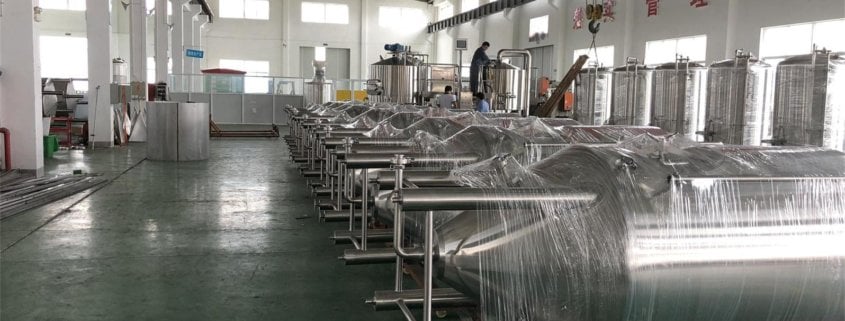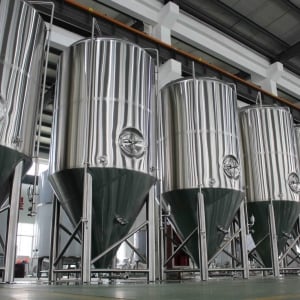10 BBL Fermenter: Everything You Need to Know
Are you in the market for a 10 bbl fermenter but don’t know where to start? Look no further. In this article, we’ll cover everything you need to know about 10 bbl fermenters, including their specifications, uses, and benefits. So let’s get started.
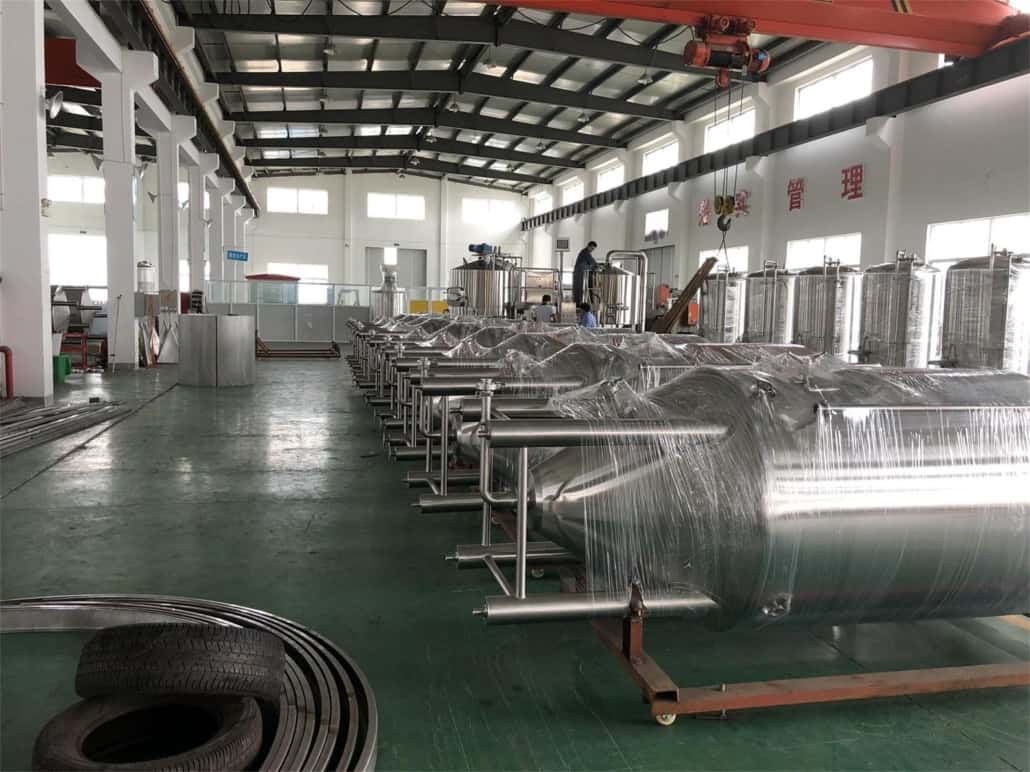
What is a 10 BBL fermenter?
A 10 BBL fermenter is a vessel used in the brewing industry to ferment and store beer. It has a capacity of 10 barrels, which is equivalent to 310 gallons or 1168 liters. It is typically made of stainless steel, although other materials such as plastic or glass can also be used.
How does a 10 BBL fermenter work?
A 10 BBL fermenter works by allowing yeast to convert sugars into alcohol and carbon dioxide, which is then trapped in the vessel. The vessel is sealed to prevent contamination and to maintain the ideal conditions for fermentation, such as temperature and pressure. After fermentation is complete, the beer is either transferred to another vessel for conditioning or packaged for distribution.
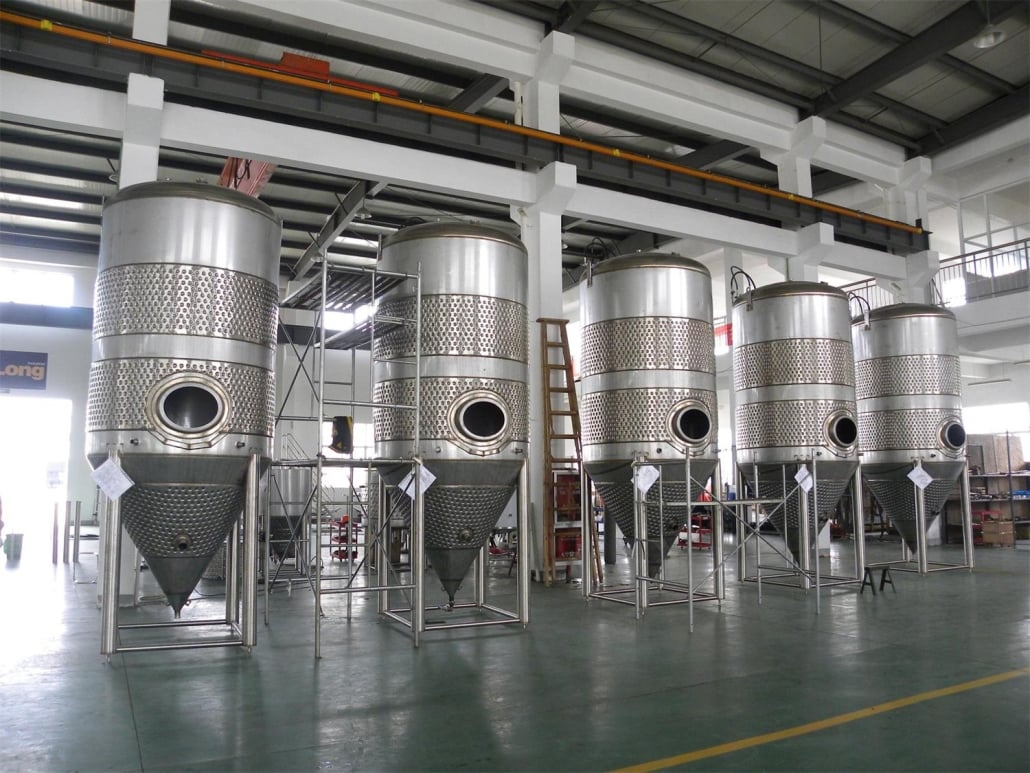
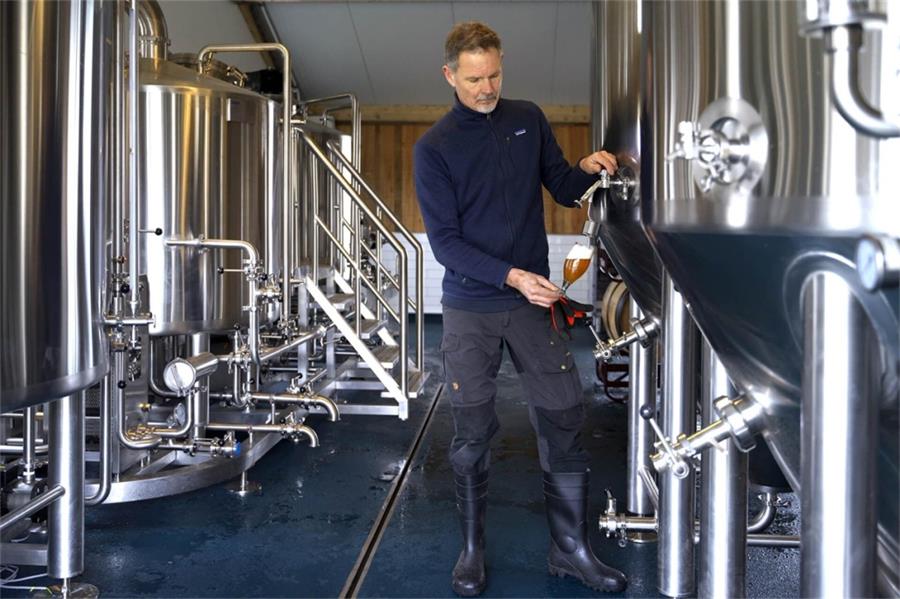
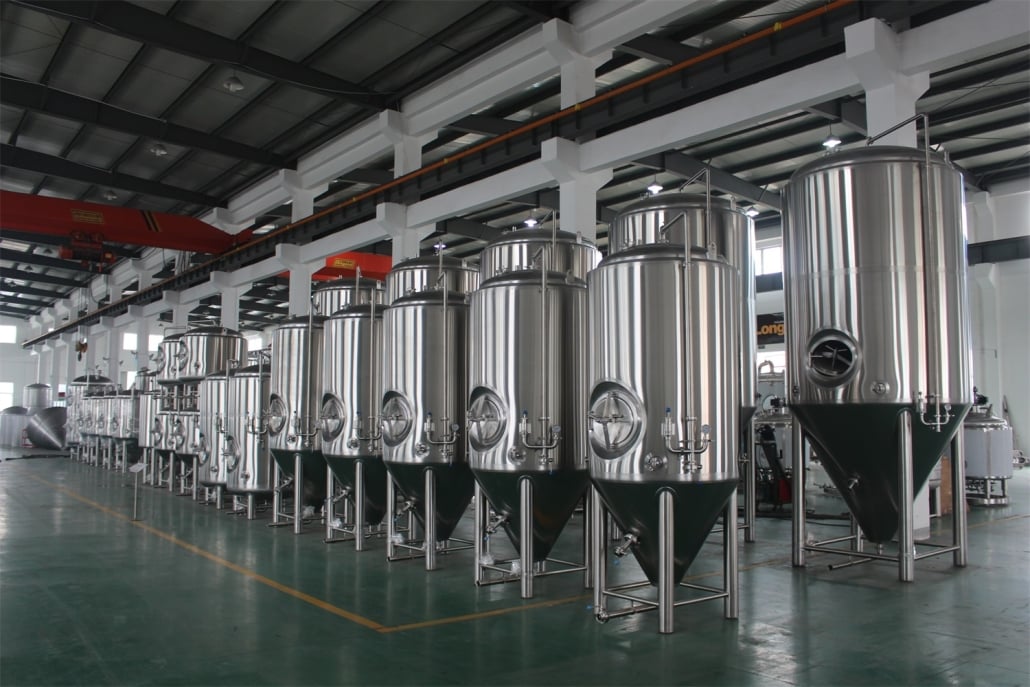
Materials used in the construction of a 10 BBL fermenter
The most common material used in the construction of a 10 BBL fermenter is stainless steel. Stainless steel is preferred because it is durable, easy to clean, and resistant to corrosion. Other materials such as plastic or glass can also be used, but they are less common due to their limitations in terms of durability and ability to handle the pressure of fermentation.
Types of 10 BBL fermenters
There are two main types of 10 BBL fermenters: jacketed and non-jacketed. Jacketed fermenters have a double-walled construction, with the space between the walls filled with a cooling liquid such as glycol. This allows for precise temperature control during fermentation. Non-jacketed fermenters do not have this cooling capability and rely on ambient air temperature or external cooling systems.
Benefits of using a 10 BBL fermenter
Using a 10 BBL fermenter has several benefits for breweries of all sizes. It allows for greater flexibility in production and can accommodate larger batches, which can save time and resources. It also provides greater control over the fermentation process, leading to more consistent and higher quality beer.
Factors to consider when choosing a 10 BBL fermenter
When choosing a 10 BBL fermenter, it’s important to consider several factors to ensure you get the right equipment for your brewing needs. The following factors should be taken into account:
Material of Construction
The material of construction is an important factor to consider when choosing a 10 BBL fermenter. Stainless steel is the most common material used due to its durability and resistance to corrosion. However, other materials such as plastic or glass can also be used, although they are less durable and may have limitations in terms of handling the pressure of fermentation.
Type of Fermenter
There are two main types of 10 BBL fermenters: jacketed and non-jacketed. Jacketed fermenters have a double-walled construction, with the space between the walls filled with a cooling liquid such as glycol. This allows for precise temperature control during fermentation. Non-jacketed fermenters do not have this cooling capability and rely on ambient air temperature or external cooling systems.
Cooling Capacity
If you choose a jacketed fermenter, it’s important to consider the cooling capacity. The cooling capacity will determine how quickly and efficiently the fermenter can be cooled. This is especially important during the summer months or in warmer climates.
Pressure Rating
Another important factor to consider is the pressure rating of the fermenter. The pressure rating will determine the maximum pressure the fermenter can withstand without compromising its integrity. This is especially important for brewers who plan to carbonate their beer in the fermenter.
Ease of Cleaning
Proper cleaning and sanitation of the fermenter is crucial to maintain the quality and consistency of your beer. It’s important to choose a fermenter that is easy to clean and sanitize, with smooth surfaces and minimal crevices where bacteria can grow.
Size of Vessel
The size of the vessel will determine how much beer you can ferment at once. It’s important to choose a vessel size that fits your brewing needs and production goals. It’s also important to consider the available space in your brewery and whether the vessel will fit through doorways or narrow passageways.
Number of Ports and Valves
The number of ports and valves on the fermenter will determine how easy it is to transfer beer in and out of the vessel. It’s important to choose a fermenter with enough ports and valves to accommodate your brewing process and equipment.
Type of Fittings
The type of fittings on the fermenter will determine how easy it is to connect hoses and other equipment. It’s important to choose a fermenter with fittings that are compatible with your existing equipment.
By considering these factors, you can make an informed decision when choosing a 10 BBL fermenter that meets your brewing needs and budget. With proper maintenance and care, your fermenter will provide consistent and high-quality beer for years to come.
Maintenance of a 10 BBL fermenter
Proper maintenance of a 10 BBL fermenter is crucial to ensure its longevity and performance. This includes regular cleaning and sanitization, inspection of welds and seals, and replacement of worn or damaged parts. It is also important to follow the manufacturer’s guidelines for maintenance and to address any issues promptly to prevent further damage.
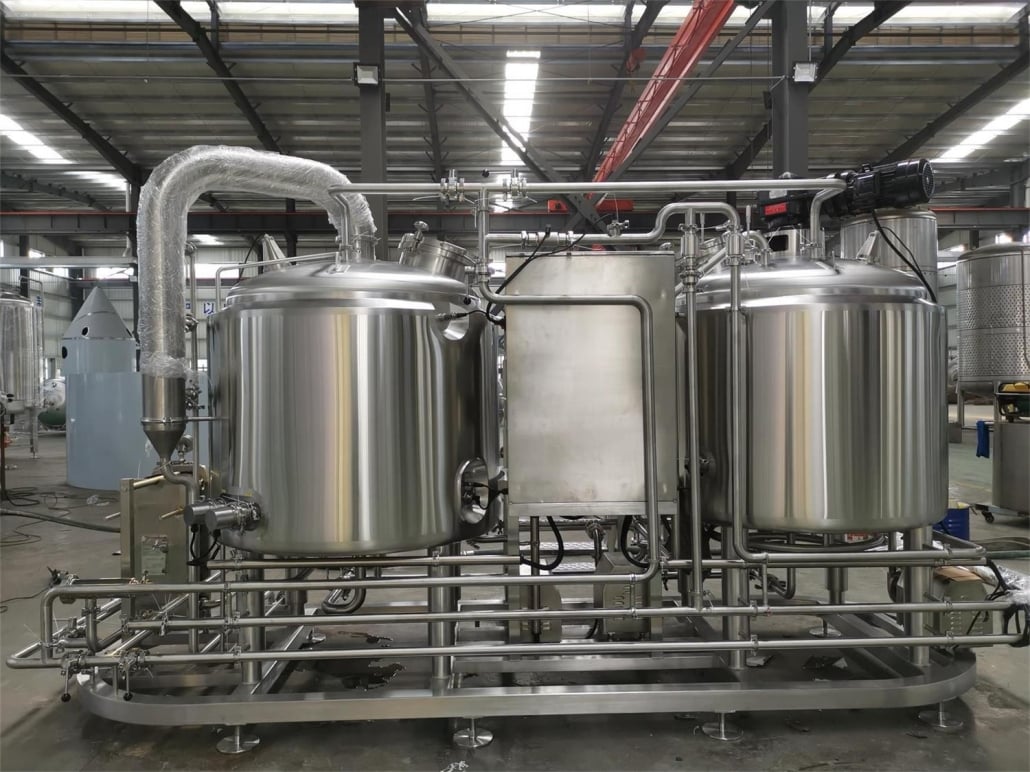
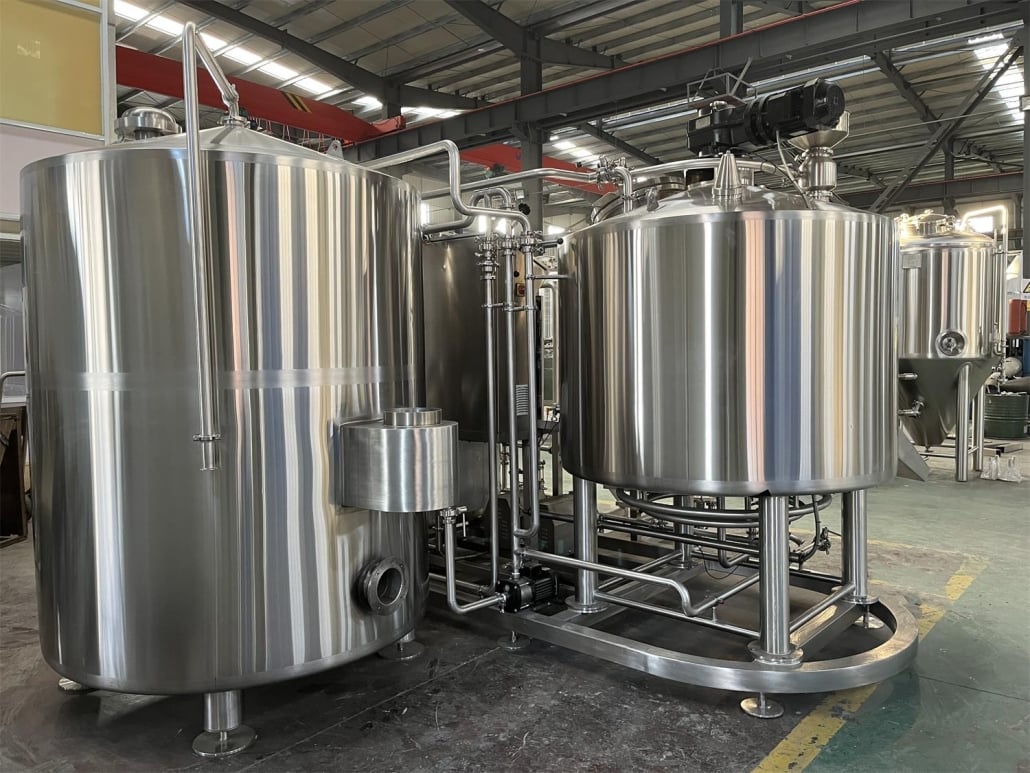
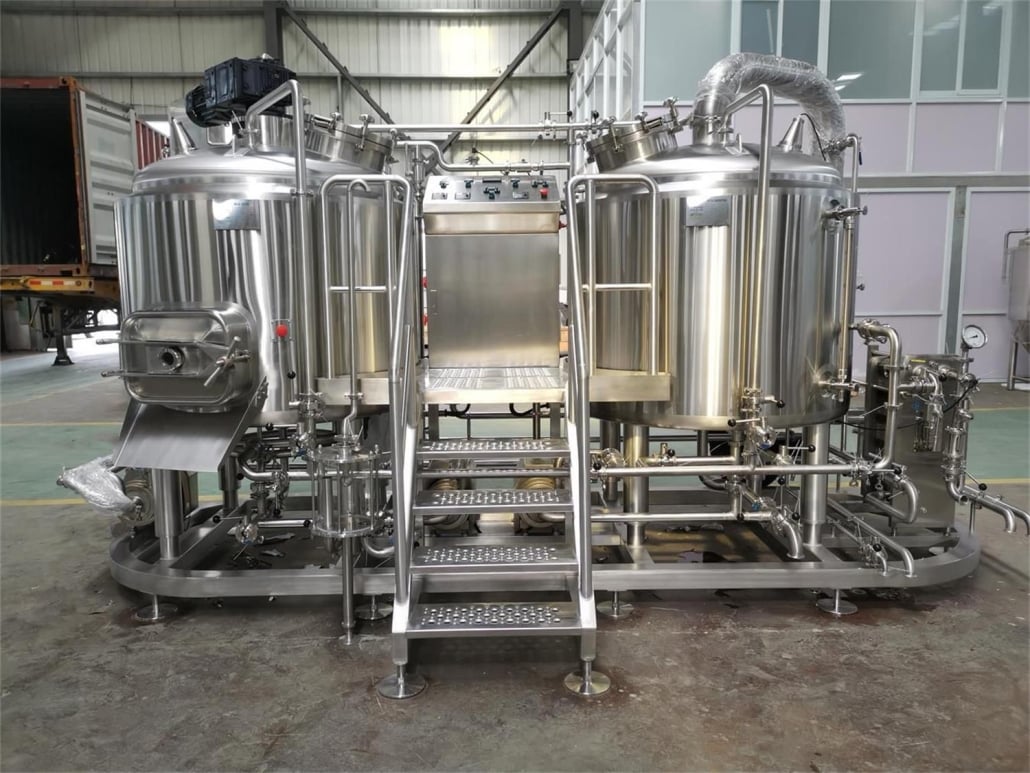
Cost of a 10 BBL fermenter
The cost of a 10 BBL fermenter can vary greatly depending on several factors. These include the material of construction, type of fermenter, and brand. A basic non-jacketed stainless steel fermenter can cost around $3,000. However, a jacketed fermenter with accessories can cost upwards of $10,000.
When considering the cost of a 10 BBL fermenter, it’s important to think about the long-term benefits and return on investment. Investing in a high-quality fermenter can lead to increased production and improved beer quality, which can result in higher profits in the long run.
Furthermore, it’s essential to research and compare different brands and models to find the best fit for your needs and budget. Some popular brands of 10 BBL fermenters include Blichmann, Stout Tanks and Kettles, Ss Brewtech, and Spike Brewing.
In conclusion, while the cost of a 10 BBL fermenter can be significant, it’s a crucial investment for breweries looking to expand their production and improve the quality of their beer. By carefully considering the factors that impact cost and researching different brands and models, breweries can make an informed decision that will lead to long-term success.
Conclusion
A 10 BBL fermenter is a crucial piece of equipment for breweries looking to increase production and improve the quality of their beer. By understanding the different types, materials, and accessories available, brewers can make an informed decision when choosing a 10 BBL fermenter that meets their needs and budget. Proper maintenance and care will ensure the longevity and performance of the fermenter, leading to consistent and high-quality beer. Cheers to that!
Thank you for reading this blog about 10 BBL fermenter. If you’re looking for a high-quality, durable, and easy-to-use 10 BBL fermenter, we recommend the brewing equipment brand Yolong Brewtech. Yolong brewing equipment has a good reputation in the market, and their products’ quality and reliability have stood the test of time. To learn more, visit our product page and browse our brewing system products.

